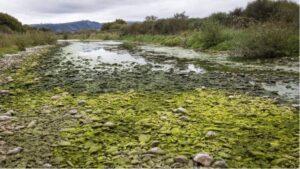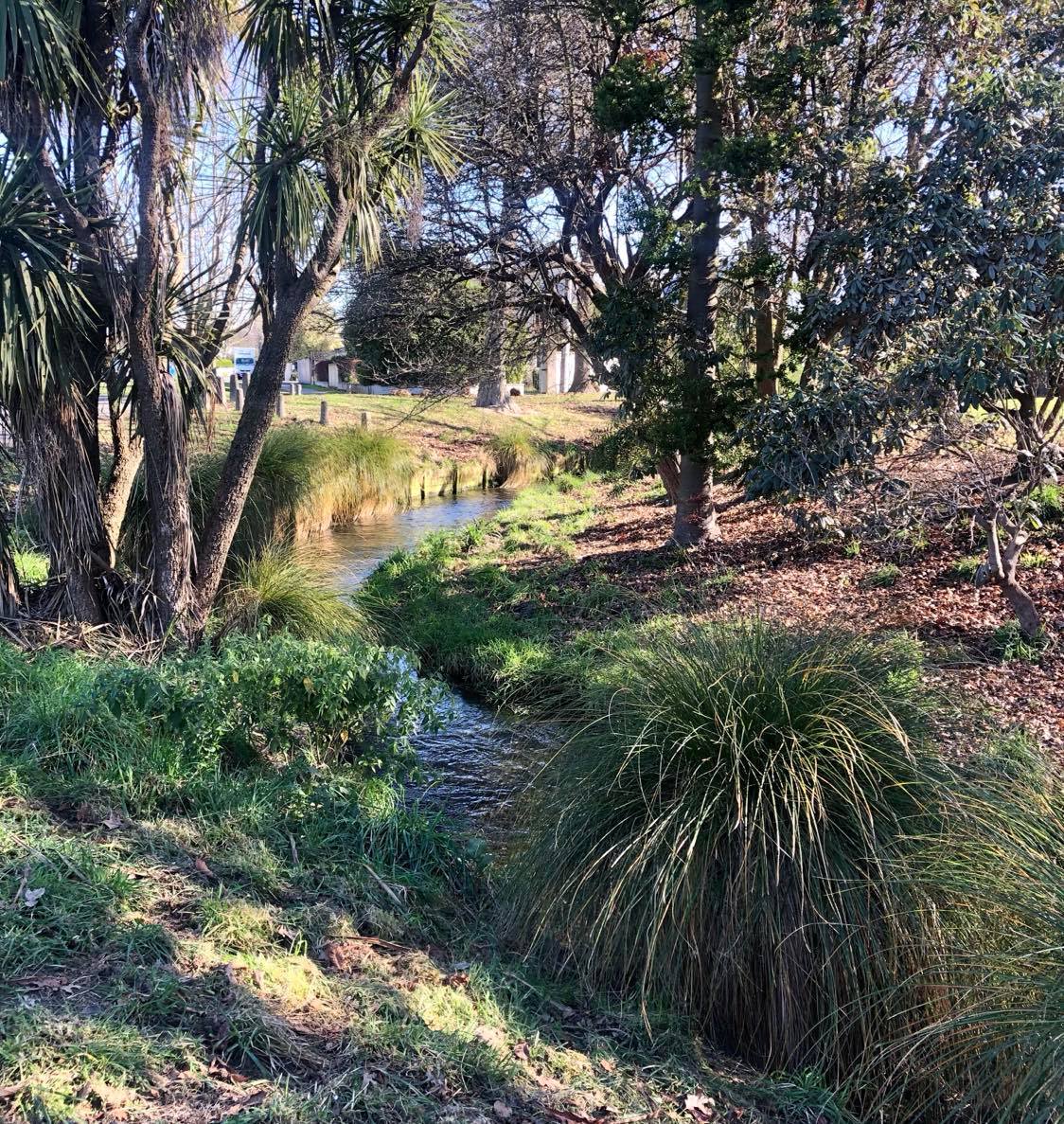Kia ora koutou,
A couple of weeks ago an article in Stuff by Mitchell (2022) titled “Freshwater reforms reveal difficulty in science-driven policy, report says” caught my eye. This article discussed a recently released report by the Environmental Defence Society on the role that science played in the development of the National Policy Statement for Freshwater Management (NPS-FM) 2020. The project undertook a national and international literature review, scrutinised the documents sitting behind the policy development process, and undertook in-depth interviews with people directly involved in the process. The report explored the role of science in the policy-making process in order to deepen the understanding of the dynamics operating at this interface (Koolen-Bourke & Peart, 2022). It also investigated the ways in which the scientific basis underpinning policy might be strengthened to better support good environmental decision-making (Our Land and Water, 2022). The report gave a behind-the-scenes look at how the policy process played out, and why the end result fell short of expectations.

Figure 1 Polluted river in South Canterbury photographed in 2021 (Mitchell, 2022)
The Government assembled an advisory group to provide a scientific basis for freshwater reforms. The elephant in the room – nitrogen. The proposed way of dealing with the polluting nutrient was through national bottom lines which set the maximum amount of individual nutrients allowed in a river (like a speed limit). The advisory group set about analysing the reforms. They were not allowed to consider economic impacts and did not have to agree.
Wait, have we jumped straight to a solution? Reflecting back on week one, problem definition alarm bells should be ringing. Barwell (1991) identified Inadequate time spent in the problem exploration phase can result in ineffective problem solving, leading to issues such as solving the wrong problem, solving a solution, or trying to get an agreement on the solution before there is an agreement on the problem. Acknowledging this, we carry on…
During the policy process, it became clear that most of the advisory group favoured a nitrogen bottom line of 1mg/L. This would be a stark reduction in the existing bottom line, which had been 6.9mg/L (Mitchell, 2022). Reducing nitrogen levels to 1mg/l in some regions would require large-scale land-use change and make dairy farming unviable in some cases. The 1mg/L bottom line was supported by most of the Government’s panel of experts, the Ministry for the Environment (MfE), and several external science groups. This was vehemently opposed by farming industry groups, regional councils, and the Ministry for Primary Industries (MPI).
Here pops up conflict. Conflict management is an important part of the problem-solving environment and can greatly influence successful problem-solving. Unlike the scientific advisory group, industry groups, regional councils and MPI had considered the economic impacts of the proposed reduction. Let’s see how this conflict was managed…
When the final freshwater policy was announced the 1mg/L figure – which had been part of the proposed rules put out for public consultation – was nowhere to be found. Interestingly, it had been dropped from the reform.
This has taken an interesting turn. The report concluded pushback from outside groups representing the agricultural industry influenced the final policy. The cost/benefit analyses that the policy went through favoured an approach that didn’t have a significant economic cost. Amongst leaked emails and secret informal meetings regarding the construction of the policy, overall there was a lack of integrated management in this process. Alongside a lack of trust between stakeholders, some barriers that challenged the creation of the policy were historical difficulties in accessing and using reliable data, increased amount of scientific uncertainty, economic considerations, and the looming Covid-19 response.
This example has highlighted some of the difficulties that can be faced by those in the decision-making arena. The report highlighted although there were flaws, the process was a significant improvement on previous attempts at freshwater reform, and the rules around nitrogen did change – the existing 6.9mg/L limit for nitrate toxicity was lowered to 2.4mg/L, giving more protection to aquatic life from the direct effects of toxicity. In the future, there should be a greater focus on policy implementation which was a notable gap in this case. The report identified there needed to be more support for building a scientific basis in policy – gathering data, supporting the scientists involved in policy, and being less constrained by the electoral cycle and regulatory measures that focus on economic costs over sustainability.
References
Bardwell, L.V. (1991). Problem-framing: A perspective on Environmental Problem-Solving. Environmental Management, 15:603-612.
Koolen-Bourke, D. & Peart, R. (2022). Science for Policy: The Role of Science in the National Policy Statement for Freshwater Management. Retrieved from https://ourlandandwater.nz/wp-content/uploads/2022/08/Freshwater-Policy-Report_FINAL_CorrectedPostLaw-Suit.pdf
Mitchell, C. (2022, August 22). Freshwater reforms reveal difficulty in science-driven policy, report says. Stuff. https://www.stuff.co.nz/environment/300665073/freshwater-reforms-reveal-difficulty-in-sciencedriven-policy-report-says
Our Land and Water (2022). Science for Policy. Retrieved from Our Land and Water: https://ourlandandwater.nz/news/science-for-policy/
